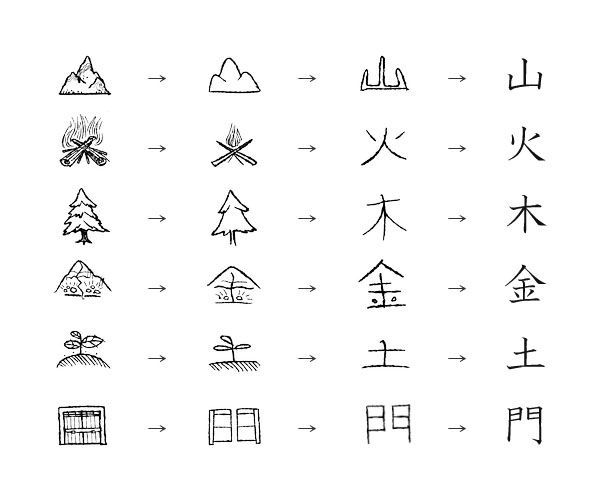Japanese
Despite what you may have thought, when considering number of native speakers Japanese is one of the top 10 languages spoken in the world. This is mainly due to the 126.5 million people than inhabit its 6,852 islands. Although most of the speakers reside in Japan, there are sizable populations of Japanese speakers in the US (Hawaii) and Brazil (especially in São Paulo). There are also generations of people in parts of China, Taiwan, and Korea who were at one time forced to learn Japanese in times of war. The mountains and islands of Japan have caused great linguistic diversity, but most dialects are mutually intelligible. One notable exception is the Kyūshū dialect of Kagoshima is not easily understand by speakers of the Tokyo standard known as Honshū (the mainland) dialect.

The Foreign Service Institute ranks Japanese as potentially the hardest language for speakers of English and in the same category as Arabic, Mandarin, Cantonese, and Korean. The FSI states that 2,200 hours are required to reach general reading and speaking proficiency in any of these languages. That's more than three times of the amount of time an English speaker would need to reach the same level in Spanish. This difficulty may mainly come from the amount of time that is required to learn how to read Japanese and grammatical differences, like general sentence word order.
Due to prevalence of Chinese in Eastern Asia, Japanese has borrowed extensively from Chinese as has Korean, Vietnamese, and other languages in the region. Since the mid 18th century, Japanese has also been taking many words from English, e.g. hotel (ホテル, hoteru), coat (コート, kōto), etc. Interestingly enough, these etymological borrowings can be seen directly in the script. The Japanese language consists of kanji (Classical Chinese characters that were modified after World War II) and two syllabaries (hiragana and katakana). Katakana is almost exclusively used for foreign loanwords not borrowed from Chinese. The characters you see at the beginning of this paragraph are katakana characters, and each represents a different syllable. Although many words written with katakana may be English words, there are notable exceptions like パン (pan) from pão in Portuguese or ズボン (zubon) which comes from French and was borrowed from Italian and before, from Arabic.

And when you just thought it was getting easy, we forgot to tell you one thing. Most kanji have two readings: a native Japanese reading and a Chinese reading. Depending on the era in which a word was borrowed, the Chinese reading can vary for different words. This requires the learner to learn alternate readings and know when one reading is required over another. Japanese spend their primary and secondary school years learning the standard kanji necessary to read most texts. In other words, this can take a long time!
We're here to help and are crafting a Japanese curriculum as we speak.
